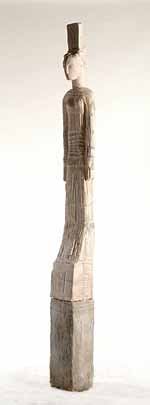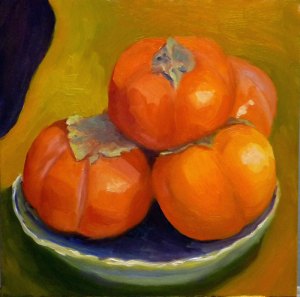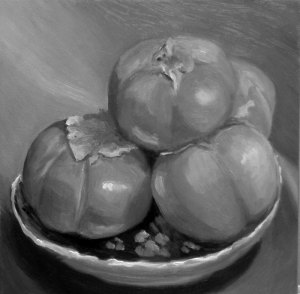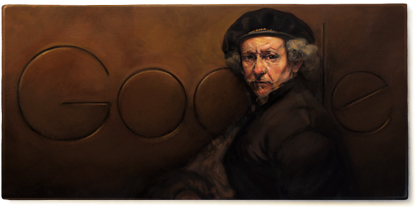Named as the 2006 Elle
Decoration South Africa Designer of the Year for his treasures from trash, Heath has
also just been appointed the SA creative entrepreneur of the year - a British
council initiative. Before he will be visiting London for the 100% Design show in late
September PingMag wanted to know how he actually manages to recycle empty
bottles to perfectly crisp precious objects, what difficulties he occurs when
creating handmade products and where his small business is heading. Written by
Uleshka
http://pingmag.jp/2006/09/08/waste-neednt-be-wasted-designs-by-heath-nash/
Heath,
creating lifestyle objects from other people’s rubbish doesn’t sound too sexy
at first, but when looking at your objects all possible doubts are immediately
blown away.
People are generally quite shocked that
those things are made from rubbish, which I find really pleasing. (laughs) That
shows that I’m obviously doing it right and that’s exactly the point I am
trying to make! It is possible to re-use this kind of plastic straight
away and take it to a sophisticated level
Plastic
Proteas - experiments with flat sheet materials. greeting
card. one of Heath’s beautifully folded lamp
shade objects. The Whorl - lampshade
How did you
end up mixing your crisp designs with a “handmade touch” of local crafters in South Africa
using empty bottles and plastic waste?
In the beginning all my work had been based on sheets of
paper and plastic folded to objects: lampshades, greeting cards and that kind
of stuff. I had a bit of an origami meets Swedish feel to it, but
nothing really showed that it was made in Africa.
Consciously, I kept looking for some way to express what Africa is and then suddenly met Richard
Mondongwe at a crafts market making these plastic flowers. That was when I
thought that by using the right materials and knowledge - wire and
plastic combined with skills of traditional crafters and a
contemporary design - a new aesthetic could be created which really suits the
country.
We South Africans basically brand ourselves
in crafts and design right now, creating a new look and feel for our
country - and that’s quite exciting! Heath Nash
|
|
That all
sounds as if you see yourself as a designer with an educational mission. A bit
like what the CCDI
in Cape Town are trying to achieve by teaching the crafters to take their
traditional products to the next level…
In a way, yes. I really like to discover skills and people
and combine them to creating products with a more contemporary sensibility,
making things that are able to compete on the world market. Relevant objects
rather than old school, standard local souvenirs.
Now Richard is my factory supervisor and leading craftsmen.
He is very good at wirework and his wife now works with me, too. It is a nice
passing on of knowledge and combining forces, besides giving work to those who
need it.
I’d like to
know a little bit more of the process of making your objects: from the milk
bottle to the final sculpture - how does that work?
First it is trying to get the plastic, which unfortunately
is much harder than you might imagine. I finally located some nice collection
points, a couple of different recycling centers. The bottles we get are all
dirty, so we take them to our studio, rinse, clean and wash them and then hang
them up until they are dry and clean.
wireworks
and flowers attached to a Full Colour Drum. white and colorful bottles gathered
from recycling centers or simply picked up from the streets .Richard preparing
the wire frames. Juliet creasing each flower by hand
Then you cut the handle and the bottom off,
so they transform to a plastic sheet. We punch leaves out with a hammer and a
blade attached to a piece of wood. Each
leaf has little crease lines on it and each leaf has then to be creased by
hand, basically creating little veins. While that is happening, Richard creates the wire frames for various products. Then the leaves get strapped onto the
wires. That is how you get your units, your modular base pieces. From those you
either built a wall or a screen or a cylinder…
You just
wrote a little manifesto for the Design
Indaba Magazine about recycling. What is your most important point here?
I demonstrate that recycling has to happen here in South Africa
(and everywhere else in the world). No-one here recycles! There is no
infrastructure for it, so it is basically down to each individual to separate
things - but no-one is really is doing that! When I discovered this material
that looked so beautiful, I just thought is was a great opportunity to raise
some consciousness and awareness, that these things are too precious to be
wasted!
You won a
couple of great prizes recently, have the great opportunity to be invited not
only to 100% Design in London, but also to
other entrepreneur programs by the British Council, a meeting with Sir Terence
Conran… Apart from your plans to expand your business and delegating work to
find more time for actual designing - what would you like to focus on in the
future once you established that freedom?
Being a sculptor originally, I love playing with space and
it would be beautiful to make things for larger areas, panels, screens and
objects that really communicate in a big room… but all that is a slow process.
For now I just want to contribute positively to the world, rather than just
contributing arbitrarily.
Heath, thank you so much! Very much looking forward
to the reactions in London
and checking out what new products you introduce at next year’s Design Indaba!
“This world isn’t ours- we’re just
borrowing it from our children”- unknown source








